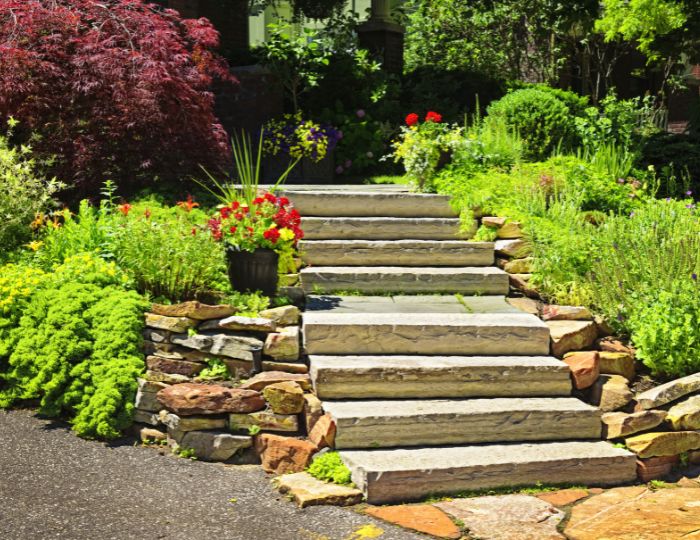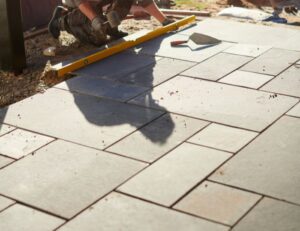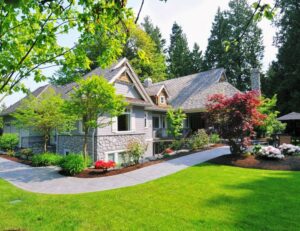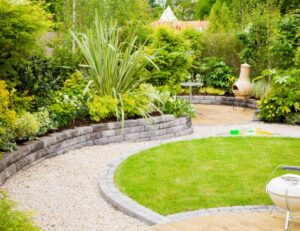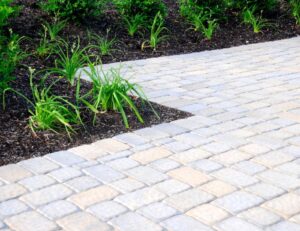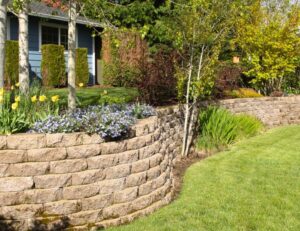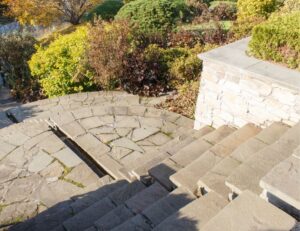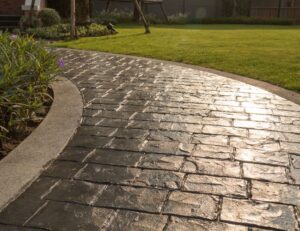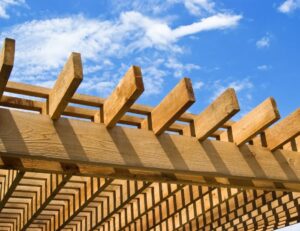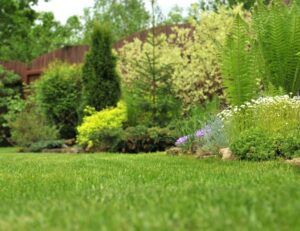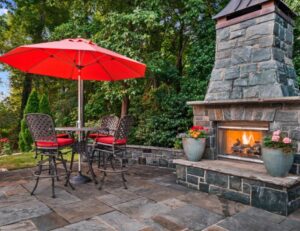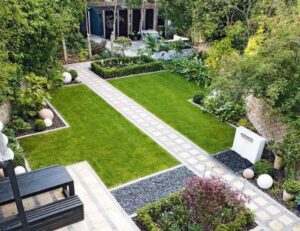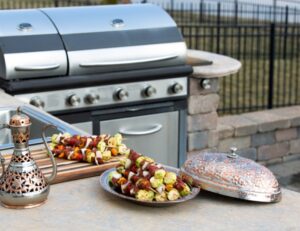When it comes to transforming your outdoor space, selecting the right hardscaping materials is key. Hardscapes—like patios, pathways, and retaining walls—serve as the foundation of your design, offering both functionality and style. Here are the best materials to consider:
1. Natural Stone: Classic and Timeless
Natural stone, such as flagstone, slate, and limestone, brings a rustic and timeless charm to any landscape. Its unique textures and colors give your space character, making each stone one-of-a-kind. Ideal for patios, walkways, and garden walls, natural stone can be used in a variety of ways to create stunning focal points. Plus, its durability ensures it withstands the test of time, weathering gracefully over the years.
2. Pavers: Versatile and Durable
Pavers are one of the most popular hardscaping choices due to their versatility. Available in a wide range of colors, shapes, and materials (like concrete, clay, or stone), pavers can be customized to suit any design vision. Their interlocking nature allows for a stable, long-lasting surface, making them perfect for driveways, patios, and walkways. Whether you’re aiming for a clean, modern look or a more traditional style, pavers offer endless possibilities to complement your landscape.
3. Brick: Warmth and Elegance
For a timeless, classic feel, brick is an excellent choice. Its earthy tones and sturdy construction create a sense of permanence. Bricks are perfect for paths, garden edging, retaining walls, and even outdoor fireplaces. The warm hues and rustic charm of brick work well in almost any setting, adding elegance and texture to your outdoor space. Its easy-to-maintain surface ensures it will look great for years to come.
4. Concrete: Customizable and Cost-Effective
Concrete is a highly customizable and budget-friendly option for hardscaping. It can be stamped, stained, or colored to mimic the appearance of stone or brick, giving you the flexibility to match your design preferences. Concrete is ideal for large-scale hardscaping projects like driveways, patios, and pool decks. It’s also durable and low-maintenance, making it a practical choice for homeowners looking to get the most value for their investment.
5. Gravel: Rustic Charm and Practicality
Gravel is an affordable and low-maintenance material that’s perfect for creating paths, driveways, or decorative features. It offers excellent drainage, making it ideal for areas prone to water runoff. Gravel’s rustic appeal works well in casual or natural landscapes, helping blend your outdoor space with the surrounding environment. It’s also easy to replace or adjust, making it a flexible choice for any project.
6. Wood: Warmth and Natural Appeal
Wood is often used in combination with other materials, such as stone or concrete, to create a more organic, warm feel in your hardscape design. It’s perfect for decks, fences, garden structures, and pergolas. The natural grains and rich tones of wood provide a beautiful contrast to hard surfaces like stone or brick. Keep in mind that wood does require maintenance, so make sure it’s treated for weather resistance.
7. Tile: Sleek and Stylish
For more refined, contemporary outdoor spaces, tile is an excellent material choice. Available in ceramic, porcelain, or stone, outdoor tiles are perfect for patios, pool decks, and pathways. Their smooth, polished surfaces offer a sleek, modern look, while their variety of colors and patterns provides design flexibility. Tiles are also easy to clean and maintain, making them ideal for high-traffic areas.
When choosing materials for your landscape design, consider your climate, budget, and desired aesthetic. Hardscaping elements should complement the natural beauty of your garden while serving a functional purpose. Professional landscape designers can help you make the right selections, ensuring your outdoor space is both stunning and practical. Ready to enhance your outdoor living space? Contact us today to discuss your hardscaping project!

